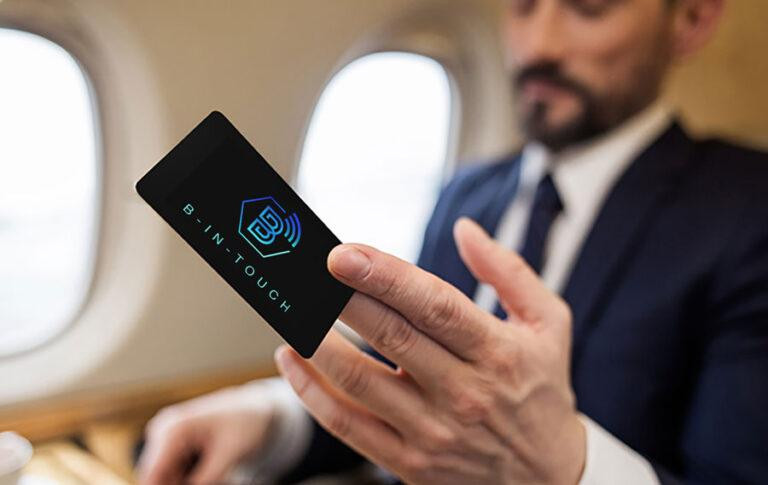In today's fast-paced world of digital communication, the traditional business card remains an invaluable tool for making lasting impressions and forging meaningful connections. A well-designed business card is not just a piece of paper; it is a reflection of your brand, your personality, and your commitment to professionalism. In this article, we will explore the art of creating a memorable business card that leaves a lasting impact on the recipients.
The Power of a First Impression
The first impression is often the only impression, and your business card is often the first physical interaction someone has with your brand. It serves as a visual representation of your business and can leave a lasting impression long after your initial meeting. The texture, design, and content of your business card all contribute to how it is perceived.
Design Matters
The design of your business card is arguably the most critical element. It should be visually appealing, easy to read, and reflective of your brand identity. Consider using a professional graphic designer to create a design that aligns with your company's color scheme, logo, and overall aesthetic.
Color: The choice of colors on your business card can convey different emotions and associations. For example, blue may represent trust and professionalism, while red can evoke a sense of urgency or passion. Choose colors that resonate with your brand's personality.
Typography: Select a legible font that complements your brand's style. Avoid overly decorative or complex fonts that may make it difficult for people to read your contact information.
Logo: If you have a logo, incorporate it into your business card design prominently. It's a visual representation of your brand and helps with brand recognition.
Size and Shape
While the standard business card size is 3.5 x 2 inches, don't be afraid to think outside the box – or the rectangle. Unconventional shapes or sizes can make your card stand out, but ensure they are still practical for storage in wallets or cardholders.
Quality Materials Make a Difference
The tactile experience of holding a well-crafted business card can make a significant impact. Consider using high-quality materials such as thick cardstock or even alternative materials like wood or metal for a unique touch. The feel of your card can convey a sense of professionalism and durability.
Content Is Key
While the design and materials are crucial, the content of your business card is equally important. Keep it concise and relevant:
Your Name: Clearly state your name. If you have a professional title, include it underneath your name.
Contact Information: Include essential contact details such as your phone number, email address, and website. Ensure that the font size and placement make these details easy to find.
Company Name: Display your company name prominently. It should be one of the focal points of your card.
Logo: If you have a company logo, position it strategically on the card to reinforce your brand identity.
Social Media: If your social media profiles are relevant to your business, include them. However, don't overcrowd the card with too many icons; choose the most important ones.
Tagline: A brief and memorable tagline can help people understand your business at a glance. Use it if it adds value to your card.
Additional Elements
Consider adding unique elements to your business card that reflect your business or personality:
QR Code: Include a QR code that, when scanned, directs recipients to your website or a specific landing page.
Personalization: Handwrite a short note or your signature on the card to add a personal touch.
Special Finishes: Embossing, foil stamping, or spot UV coating can add texture and visual interest to your card.
The Importance of Relevance
Ensure that the information on your business card is up to date. There's nothing worse than receiving a card with an incorrect phone number or a website that no longer exists. Regularly review and update your cards to reflect changes in your contact information or branding.
Distribution and Etiquette
Now that you have a beautifully designed and informative business card, it's time to distribute it effectively:
Always Carry Cards: Keep a stack of business cards with you at all times. You never know when you might meet a potential client or contact.
Exchanges: When exchanging business cards, do so with care and respect. Present your card with both hands, and take a moment to read the card you receive.
Follow Up: After receiving a business card, follow up with a thank-you email or message. This gesture shows your appreciation and helps solidify the connection.
For More Info:-
virtual business card on iphone






Comments